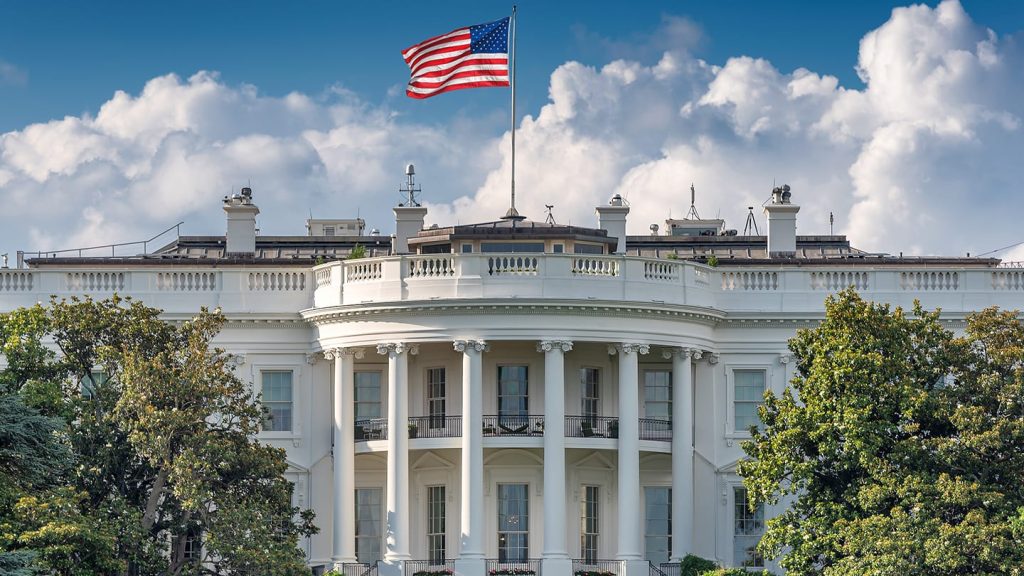White House health information freeze continues to trouble providers after initial end date arrives but return to normal doesn’t – McKnight’s Long-Term Care News

Days after the Trump administration ordered a sweeping freeze of federal communications, the ban was scheduled to lift on Feb. 1. That didn’t happen – leaving long-term care providers and others watching the clock for updates on when they’ll again receive critical, perhaps lifesaving information.Operators such as WesleyLife, Iowa’s largest nonprofit provider of health and well-being services for seniors, said much of the halted correspondence has historically helped keep residents and team members safe. The thought of the ban extending far into the future casts a spell of uneasiness. “A lasting ban on health-related federal communications would adversely impact our entire industry, and it’s our sincere hope the communications we rely on from such agencies as the Centers for Medicare & Medicaid Services and the Centers for Disease Control and Prevention be allowed to continue in their current form,” Karie Kesterson-Gibson, director of clinical excellence at WesleyLife, told McKnight’s on Tuesday. WesleyLife has turned to information gathering from local systems, Kesterson-Gibson said, and has been relying on local public health agencies to determine when or if internal processes and systems need to be adjusted.The order to freeze federal communications came from the Department of Health and Human Services and was considered to be a grace period during the presidential transition, allowing a newly appointed Trump team to set up processes and procedures. The partial blackout rolled into effect between Jan. 21 and Jan. 22 and caused websites, external communications, data feeds and several public health meetings for many health-related agencies, including CMS and the CDC, to stop abruptly. Only correspondence directly related to emergencies or pertinent to preserving health was permitted, NBC News reported.The freeze is directly impacting funding too, Moti Gamburd, CEO of Raya’s Paradise, a California-based skilled nursing chain, said, as many operators rely on federal programs for reimbursements, workforce support, and emergency funds.“If there is no communication, it keeps operators in the dark regarding what resources may be available down the road,” he told McKnight’s on Tuesday. “If we don’t know what is coming, we can’t make smart decisions about hiring, training, or facility upgrades. That kind of financial instability inevitably trickles down to residents, affecting everything from meal quality to medical care.Also concerning to providers is the increased possibility of infectious disease transmission — a worry exacerbated by a current tuberculosis outbreak in Kansas and the first confirmed US avian flu-related death in Louisiana, according to an Association for Professionals in Infection Control and Epidemiology press release sent to McKnight’s on Tuesday.The return of real-time monitoring and transparency is of utmost urgency, APIC officials stressed.“Many Centers for Medicare & Medicaid Services websites and data pages remain frozen this week,” representatives from APIC noted in the press release. “Among those is the consumer-facing Care Compare, for which an expected update of nursing home performance data and quality metrics was expected last Wednesday.”Surveillance data is critical to helping clinicians understand when they need to shift attention or implement additional protocols, infection preventionists and long-term care consultant Buffy Lloyd-Krejci recently emphasized in a McKnight’s interview.Without these insights, infection preventionists may not have the warning needed to institute facility-wide masking recommendations or other precautions, for example.“My teams use the CDC’s alert network daily to identify emerging threats, and then we are able to provide this information to the nursing homes. If this goes blind, then we have no idea what may be posing health risks,” Lloyd-Krejci explained.Prior, internal preparation has proven to be a lifeline for WesleyLife.“Thankfully, we have processes in place — for instance, our infectious-disease protocols — that have served us well, and will continue thanks to the vigilance of our skilled team members,” Kesterson-Gibson said. Providers are continuing to deliver high-quality resident care despite the challenging transition, said the American Health Care Association and the National Center for Assisted Living spokeswoman Rachel Reeves. But that doesn’t mean they aren’t eager to get back to a normal information flow.“We look forward to federal agencies resuming traditional external communications and perhaps more importantly, working with stakeholders to advance solutions for patients and providers,” Reeves said. “This is why we’ll continue to encourage lawmakers to swiftly consider cabinet appointees for these critical agencies.” Copyright © 2025 Haymarket Media, Inc. All Rights Reserved This material may not be published, broadcast, rewritten or redistributed in any form without prior authorization. Your use of this website constitutes acceptance of Haymarket Media’s Privacy Policy and Terms & Conditions.






